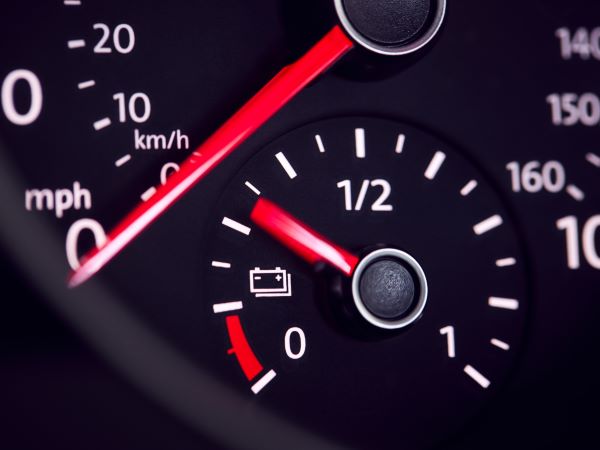
Currently, most modern lithium batteries use an anode made of graphite. Other materials, like silicon, have a higher energy capacity and would make more efficient batteries — but until now, researchers have been unable to create a stable battery with a silicon anode. This is because the reactions inside the battery cause the silicon to expand dangerously.
Scientists at Pohang University of Science & Technology (POSTECH) found a way to multiply the energy storage of a battery by ten to create the ideal EV battery. They created a binding material that will keep a high-capacity silicon anode from expanding, creating a stable lithium battery with at least ten times the capacity of one that uses a traditional graphite anode.




